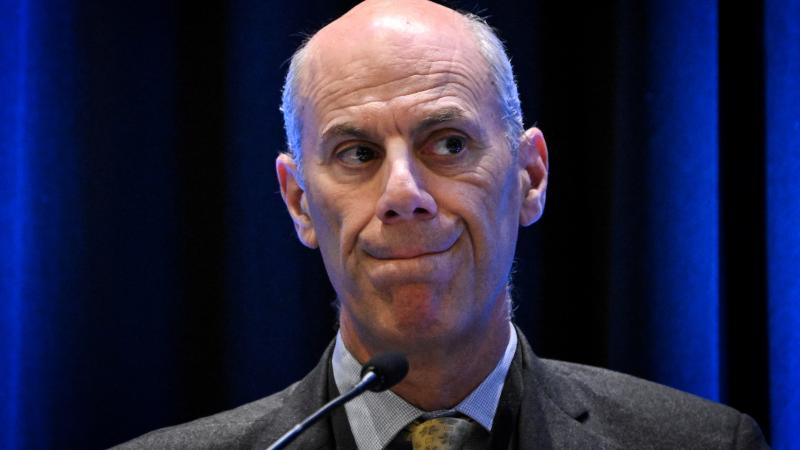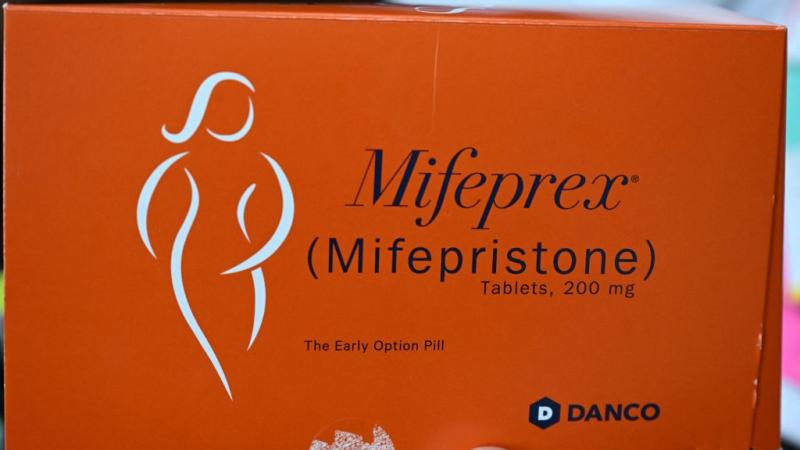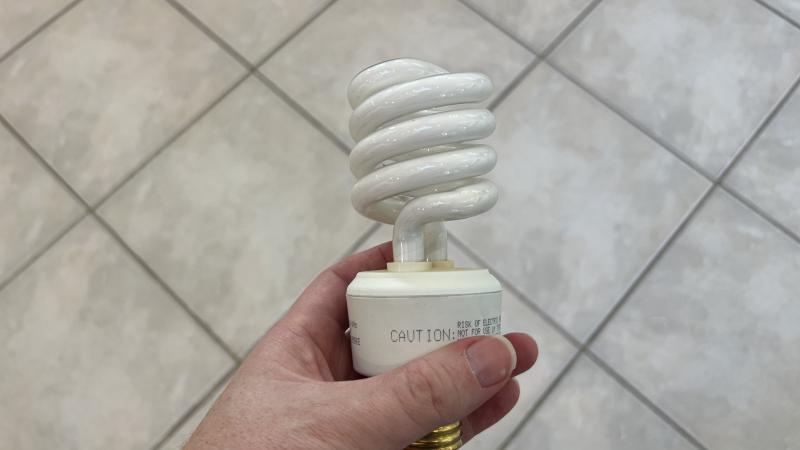Chicago’s homicide rate up; Black residents are 77% of victims
In addition, nearly 25% of all homicide victims were 21 or younger with gang activity (41%) proving to be the primary motive behind most of the violence.
Chicago-area residents are now three times more likely to become a homicide victim than they are to be struck by lightning. That has Violence Interrupters Executive Director Tio Hardiman primed for battle.
“The best thing we can do is sort of reconnect with all the young people we were working with before the pandemic,” Hardiman told The Center Square. “You cannot change the circumstances young people live in, but you can help change the way young guys think about resolving conflicts. You don’t have to pick up a gun every time you get into an argument.”
In all, Chicago Police Department data shows that there were 725 homicides across the city in 2022, a 43% increase over the 508 that were recorded in 2019, or the last year before the dawn of the COVID-19 pandemic.
While data shows practically every area of the city was impacted by the increased violence, with 19 of the city’s 22 districts recording more murders, Hardiman points out that the city’s Black communities were among the hardest hit. Black Chicagoans represent 77% of the city’s homicide victims while making up just 29% of the overall population.
In addition, nearly 25% of all homicide victims were 21 or younger with gang activity (41%) proving to be the primary motive behind most of the violence.
“The reality is African-American people must find a way to unify with these young guys out here,” Hardiman added. “Black men have got to step up and become more prominent in their communities to stop these young guys from killing each other. A lot of organizations are working in the community, but it’s a difference when you see Black men stepping up that are not getting paid but believe in their community and want to help the people.”
Hardiman said he’s convinced things were on the right track before COVID hit and effectively wiped away much of the ground organizations like Violence Interrupters had covered.
“Mainly, the reason homicides were pretty much down during the pandemic is because a lot of the efforts with violent prevention organizations and some of the work police were out there doing in the community began to work pre-pandemic,” he said. “A lot of funding was placed in violent prevention programs and we had a chance to really help a lot of young guys. You had a lot of solid organizations out there working.”
Hardiman shares that in 2019, Violence Interrupters mediated at least 50 conflicts where he feels homicides were directly prevented.
“And that’s just Violence Interrupters,” he added. “There are many other organizations across the city doing the same thing we do, but when the pandemic hit everything just kind of got derailed. Nobody was having face to face contacts and we had to convert our operations with our clients. There was a feeling of hopelessness among a lot of young people we work with.”
Through Oct. 1, 2023, homicides are down to 469 from 531 during the same period last year and 634 in 2021.
Hardiman hopes changes may already be happening, but pushed for more focus on being tough on crime.
“Another reason why shootings and homicides kind of spiked was due to the fact a lot of the so-called political leaders became soft on crime,” Hardiman added. “A lot of legislators have made decisions from the mountaintop when it comes down to criminal justice reform and policy was put in place like the no-chase. I think police should be able to chase, they just have to use discretion when they chase.”













